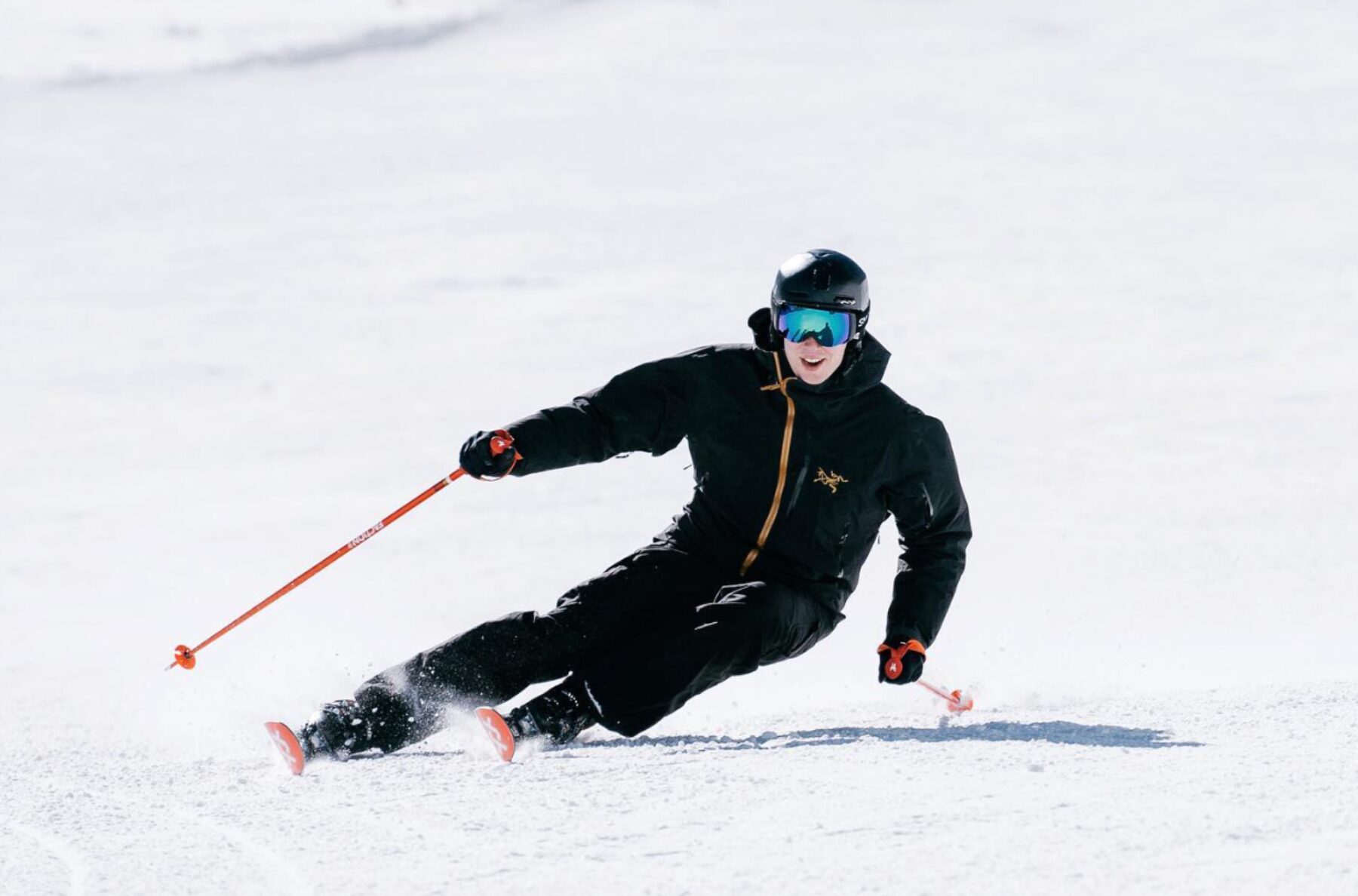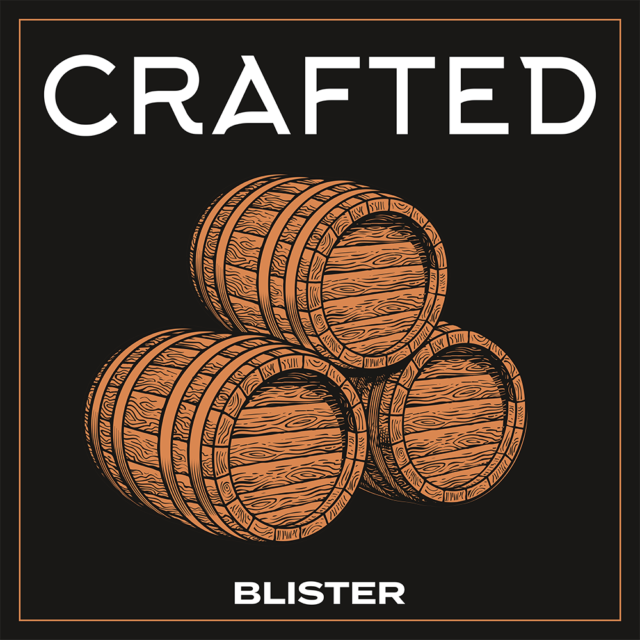



Leave a rating and / or review in the Apple Podcast app or on the Spotify app.
This free, 30-second action on your part lets us know you value all the time & energy that goes into producing & publishing GEAR:30, and it ensures that we can keep the show going.
How to Leave a Rating / Review on Apple Podcasts
- Open the Apple Podcast App
- (if you’re on your phone, simply click this link)
- Go to the icons at the bottom of the screen and choose “search”
- Search for “GEAR:30”
- Click on the SHOW — *not* the specific episode
- Scroll down to “Ratings and Reviews”
- Click on “Tap to Rate” and leave us a 5-Star Rating!
- Below that, you can click Write a Review if you’d like to share a few words
How to Leave a Rating on Spotify
- Currently, you can only rate a podcast in the Spotify mobile app
- (if you’re on your phone, simply click this link)
- Navigate to the GEAR:30 show on Spotify (not to a specific episode)
- Tap the star icon underneath the podcast description and if you like the show, leave a 5-star rating
- On Spotify, you need to listen to at least one episode before you can rate a podcast.
CARV is a slick and sophisticated system that aims to help skiers improve their skiing and have more fun on snow. And this winter, we’re partnering with CARV to do 2 things: (1) see how — and how well — CARV accomplishes this for our team of Blister reviewers; and (2) see if the analysis we get from CARV provides insights that might enhance our ski reviews.
It’s a project our reviewers are excited about, and joining us today to talk about it all are Marcus Caston, one of my personal favorite skiers who is unquestionably one of the most technically-proficient-all-mountain-skiers out there, and Alex Jackson, who (as you are about to see) is the very sharp co-founder of CARV.
RELATED LINKS
1: Blister Rec Shop: Pulse Boot Lab & Ski Co
2: Get Yourself Covered: BLISTER+
3: Get Our Winter Buyer’s Guide
4: Blister Summit 2025: Learn More
TOPICS & TIMES:
Pulse Boot Lab & Ski Co (1:56)
Blister Summit Update (3:15)
What is CARV? (9:13)
The Ski Coaching Paradox (11:46)
Confirmation Bias in Skiing (19:05)
Origin Story, Duct Tape, & University (20:57)
Tech & its Evolution (23:43)
Data & Data Interpretation (31:16)
Edging & Transitions (38:21)
Ski IQ (41:20)
CARV Off Piste? (43:07)
CARV 2 & Blister Reviews (52:47)
Summary & Final Thoughts (1:00:55)








This podcast allayed my concerns that CARV would be just another way to re-package ski coaching and instruction. Hearing this actual conversation between Jonathan, Marcus and Alex, with examples of personal epiphanies, trials and errors, and practical/philosophical aspirations made me very excited for the continued development and distribution of CARV.
Johnathan, CARV’s data bank seems like a perfect match with Blisters mission. My guess is that CARV is already re-calibrating the R&D of ski and boot manufactures.
On the skier side of this equation, the ever widening “rabbit hole” of considerations in the CARV project seems to be well engaged with CARVE 2. Kudos. Thoughts for the future:
Continue to develop the pedagogy and vocabulary, being mindful of the end goal “integrated feeling and experience” (vs. data sorting, patterns and hierarchies). Make a sympathetic/sequential map which nurtures the capacity, goals, enjoyment and creativity of the specific skier. (Theodor Nelson “Intertwingularity” potential)
IMO you’re on the right track with a Gestalt pedagogy of “skiing the whole mountain”. (Eric and Rob DesLauriers)
Continue data integration of body core weight distribution, transfer fluidity, and timing. Support skier specific strategies (weight/strength/flexibility/body architecture metrics) for harnessing the power potential of various boot and ski options. Identify specific equipment and tune tweaks which might help deliver more control and power. Is the skier “muscling” or finessing? Are gravity, momentum, leverage, etc., being used to their full potential? Suggest a check list on the first ski day. Reward the addiction for finding and riding the sweet spot. Reward the skiers commitment to the fall line.
Integrate realtime data to support tactical on-the-fly choices for a wide range of terrains, temperatures, snow and visibility conditions. Develop the “anticipatory” all mountain skier. Plan ski day scenarios based upon changing conditions. Encourage real time data sharing and analysis cadres and networks.
Investigate dry land/off season uses of CARV data (strengthening/flexibility/reflexes/posture , etc.).
Concern for the future:
Traffic. Resort skiing is a crowded, potentially dangerous environment. Audio cues, not only important for snow condition feedback, are necessary for a safer slope side society. I’m concerned that a tunnel visioned, data driven “bubble of concentration” in a developing skiers will not grow a more mindful resort skier.
Perhaps there are realtime data indicators for increasing fatigue, nascent morbidities and anxiousness.
Consider “technique and tactic menu” for making safe choices based on traffic, visibility, changing snow conditions, fatigue, anxiousness ect.
Very exciting stuff. I discovered Blister after a lifetime skiing. Blister’s equipment review vocabulary (plus advances in boot and ski design) have given me the words to describe ski-bliss.
Is there any way – or is it fairly obvious immediately within the data- that you can allow for some variance in the scoring in the event of a long term injury? I know my left foot/ankle has a restricted ROM which must play out in my turn shape, pressure etc
The following are among the most important mechanics experts are working on, yet they are not currently among CARV’s metrics. Given that CARV can’t measure 1-3 directly (not sure about no. 4), is there any chance you’d be able to develop algorithms that accurately infer these from what you do measure?
1) Flexing to release rather than extending to release, and the timing of flexion and extension.
2) Sufficiently level hips.
3) The degree and timing of countering.
4) Avoiding excessive inside tip lead.
At the end of the day all of the mechanics that you name are not ends in themselves but rather means to achieve desired behaviors at the ski/snow interface. To wit:
The transition from “up/down” release as in the old days to flexing to release was driven by a need to achieve faster transitions and specifically to get the ski up on edge and pressured earlier in the turn. Carv does measure those desired attributes (transition speed and early pressure), but you are right that it can’t tell you why you’re not doing well.
Likewise we (often) strive to maintain level hips so that we can achieve high edge angles without “falling” so far to the inside that we can’t maintain a clean carve at all but the very highest speeds. Carv certainly does measure edge angle vs speed and also how much (and which parts) of each turn are carved vs skidded. A skier who can’t efficiently use knee- and hip-angulation will do poorly on those metrics.
etc
So the bottom line is that Carv directly measures what we really care about (ski performance on the snow) but it can’t always tell us what bad habits or technical gaps are preventing us from getting the results we want.
Hey Jonathan, Luke,
Day 2 down with CARV2; it works great.
How about starting a Blister CARV group?
-Tom
I’ve spent several days with Carv 2.0 and SkiIQ Nevado now, and in particular tested how it reacts to some intentional technical variations. In general it responds as I would expect and hope.
One exception that I noticed is the classic (racing) balance drill where you roll over to the new edge early but intentionally glide on it for a bit while letting the angles build before initiating the next turn. This teaches some crucial balance skills, but Carv really doesn’t seem to like it – it complains about “Z” turn shape even though it recognizes that the resulting turn is 100% carved. It apparently can’t distinguish extended pre-initiation glide on the new edge from inability to transition rapidly?
Overall this is sort of a nitpick. Technique is inherently partially subjective, and most non-racer observers would also not think highly of what I did to confuse it.
Great episode. I actually bought Carv before hearing this, but Alex and Marcus answered the questions that YouTube and scattered reviews couldn’t. Beyond lessons, I’m transitioning to skiing this year after 20 years on a snowboard. My boys are young and currently love the mellow slopes, but I’m tired of skating flats all day and want to unlock tight technical tree runs. Plus I am biased to the big lines and elements of my backyards, PNW (currently central Oregon Cascades and Alaska (where I’m from).
I’m almost 40, 6′, 235 lbs, expert level snowboarder, still train hard (wrestling coach; Aeroski + legs/cardio). What clicked in this episode was the focus on fundamentals and how Carv helps you train them: early edging, pressure control, smooth releases, the universal principles that apply anywhere on the mountain. I can already feel those mechanics when snowboarding, and I’m looking forward to discovering that same flow on skis. That framework and sense of feel give me confidence to go all in on skiing while keeping the playful, surfy style I love from riding.
My goal is to ski cat and heli lines in the Cascades with the same confidence I have on a board, before I hit 40. I’ve built my PNW quiver, created my spreadsheet with every ski with contact ratios, calculated radius (I wanted to understand) and associated stats, and I’m excited to bring Carv into that mix.
Thanks for the clear, high-quality info across your reviews, videos, and podcasts. It’s a big part of why I feel so confident and I haven’t been this stoked in a decade!